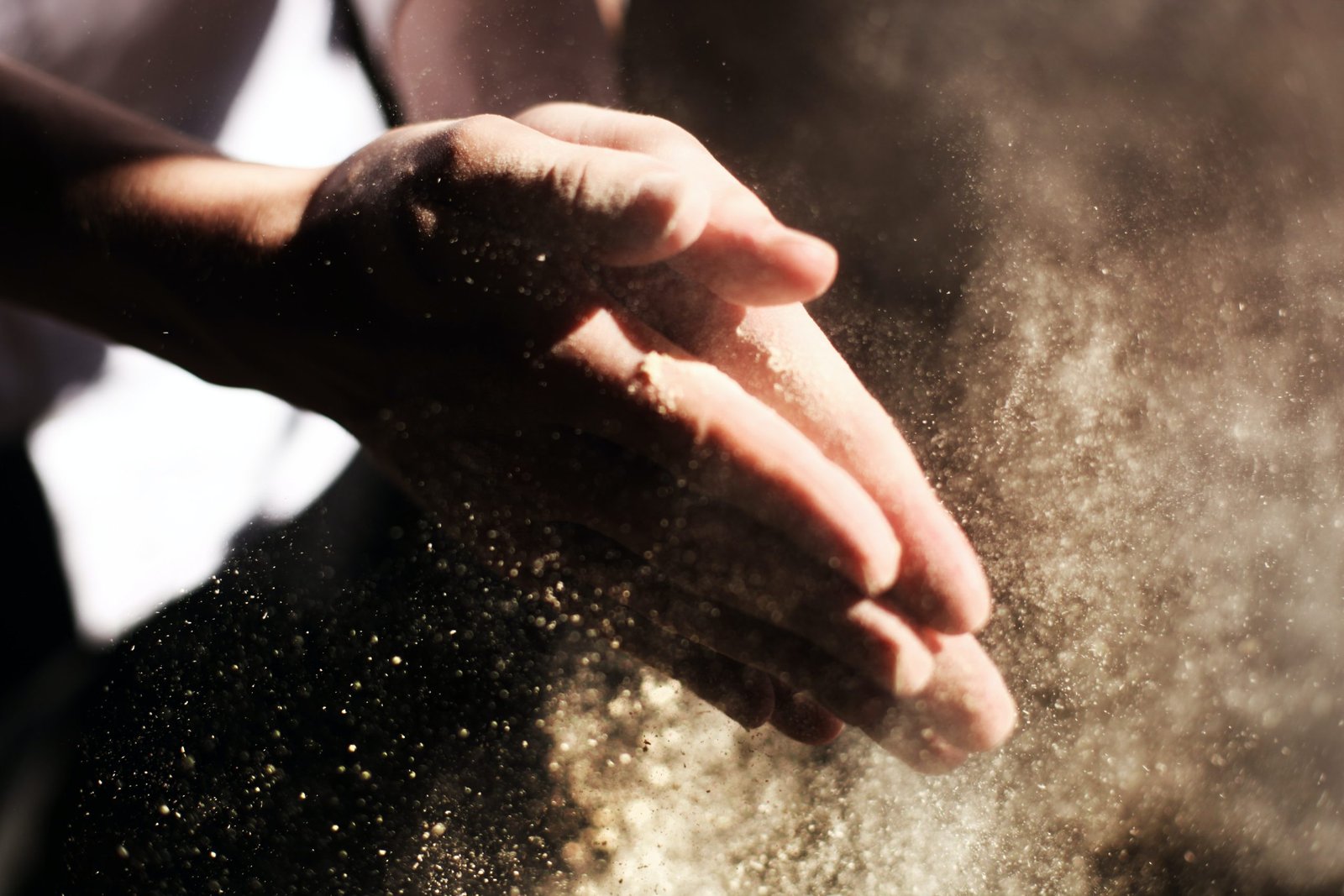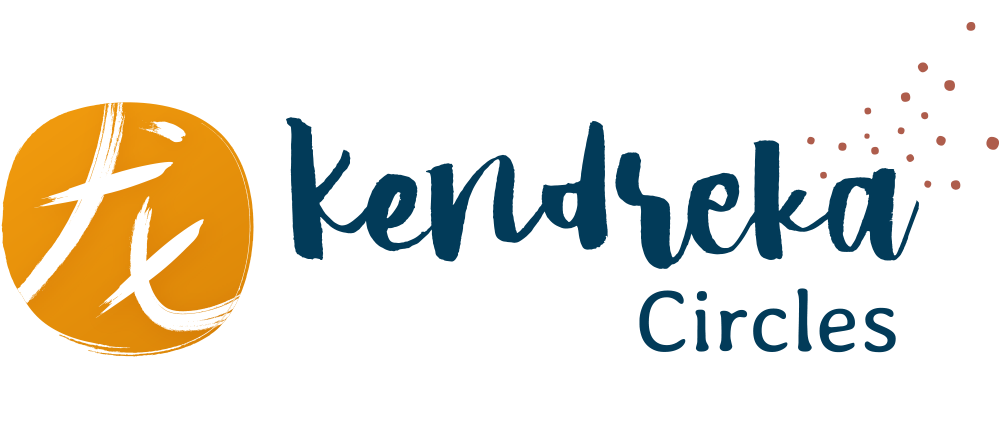Body percussion is a musical style that consists of creating sounds and music through the percussion of one’s own body. These practices are part of human history, spanning different eras and cultures: South African Gumboots, Indonesian Saman, Ethiopian Aqwaqwam, Juba Dance in the Afro-American culture, and closer to us, Palmas of the Andalusian Flamenco, Irish tap dancing, etc.
Today, body percussion can be found in the following contexts:
Body Percussion as a pedagogical tool
At the pedagogical level, body percussion is an incredible tool to integrate the notions of rhythm in a playful and accessible way. It was once called “musical body expression”. Many teachers use it to offer students, both children and adults, a direct access to rhythm, without the need to read music theory or to play an instrument. Body percussion is increasingly used for training musicians, up to the highest level of some national conservatories.
Les Body Percussion as a therapeutic tool
In terms of motor skills, body percussion is an excellent practice to become aware of one’s body, movements, synchronization, etc. Body percussion is therefore used in various therapies (psychomotricity, music therapy, rhythm therapy). Beyond this therapeutic aspect, they are an excellent tool for developing our natural motor skills.
Body Music
Musically, body percussion opens up an immense field of possibilities, integrating a palette of sounds different from conventional instruments and often putting forward a visual and aesthetic aspect, almost choreographic, being an integral part of the performance. This is what we call Body Music. The precursor groups in this field are of course the Stomp (Great Britain) and the Barbatuques of Fernando Barba (Brazil), but today we find body percussion in the work of many brilliant and inspired artists such as the Israeli Lior Shoov, the Brazilian Pedro Consorte or the French Remi Leclerc.
Kendreka Circles and Body Percussion
The Kendreka Circles, co-created by Audrey Berger and Amaël Ferrando, are a space where sound, rhythm and movement meet. Body percussion naturally finds its place as a link between free dance and rhythm, allowing the integration of pulsation in the body, as a solid base on which to deploy one’s creativity in dance. By combining the body with rhythm, body percussion also allows one to approach states of consciousness close to what the ancients called trance states, and of which traces can be found in the majority of the world’s cultures under the general name of shamanic trances.

Articles
What are Body Percussion ?
Body percussion is a musical style that consists of creating sounds and music through the percussion of one’s own body. These practices are part of human history, spanning di

Articles
Vertical Dance
This discipline, born from the encounter between climbing and dance, started to grow in the 1970s and 80s. The fundamentals of vertical dance are mainly based on one of the essenti

Articles
Contact Improvisation Dance
Contact Dance Improvisation is opened to everyone. It is a dance initiated by the American choreographer Steve Paxton in 1972, where dancers come into contact with each



